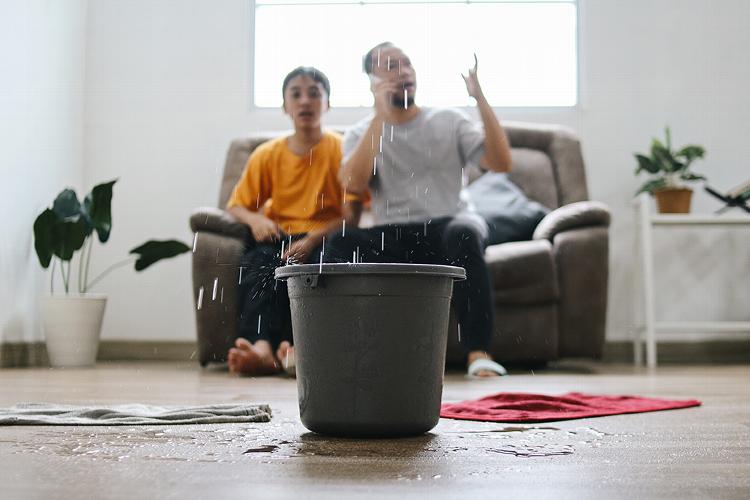Flat roofs are a practical choice for many buildings, but like any roofing system, they can encounter unexpected issues that require immediate attention. Handling emergency flat roof repairs promptly and effectively is crucial to minimize damage and prevent further problems. At St Helens Flat Roofing, we know how stressful roofing emergencies can be. Here's a guide on how to handle emergency flat roof repairs to keep your property safe and secure.
Identifying an Emergency
Before diving into repairs, it's important to recognize what constitutes a roofing emergency. Here are some common scenarios that require immediate attention:
1. Severe Leaks
Significant water infiltration can lead to structural damage, electrical hazards, and mold growth. If you notice a severe leak, it's crucial to address it immediately.
2. Storm Damage
High winds, hail, and heavy rain can cause substantial damage to a flat roof. Look for signs of damage such as punctures, missing roofing material, or large debris on the roof.
3. Structural Compromise
If your roof shows signs of sagging or other structural issues, it may be at risk of collapse, necessitating urgent repair.
Steps to Handle Emergency Flat Roof Repairs
1. Ensure Safety First
Before attempting any repairs, prioritize safety. Avoid going onto the roof during extreme weather conditions or if you suspect structural instability. If there's any risk to personal safety, contact a professional immediately.
2. Mitigate Interior Damage
If water is entering your building, use buckets to catch the water and move valuable items away from the affected area. Lay down plastic sheeting or tarps to protect floors and furniture.
3. Temporary Leak Prevention
For temporary leak prevention, use a tarp or plastic sheeting to cover the affected area on the roof. Secure the edges with roofing nails or heavy objects to keep it in place until a professional can assess and repair the damage.
4. Identify the Source of the Problem
If it's safe to do so, inspect the roof to identify the source of the leak or damage. Look for obvious signs such as holes, cracks, or missing materials. Document the damage with photos for insurance purposes.
5. Clear Debris
Remove any debris from the roof surface, such as branches, leaves, or other objects, to prevent further damage and make the repair process easier.
6. Patch Small Holes or Cracks
For minor damage, you can apply a temporary patch using roofing cement or a waterproof sealant. Clean the area around the damage, apply the patching material, and smooth it out to ensure a tight seal.
7. Call a Professional
Even if you manage to stop the leak temporarily, it's essential to contact a professional roofing contractor for a thorough inspection and permanent repair. Emergency repairs can be complex, and a professional will ensure the job is done correctly and safely.
Handling emergency flat roof repairs efficiently is crucial to minimizing damage and ensuring the safety of your property. By acting quickly, mitigating damage, and seeking professional help, you can effectively manage roofing emergencies.
At St Helens Flat Roofing, we offer expert emergency repair services to address any flat roof issues you may encounter.
Call us today on 01744 817612 or fill out our form below to arrange a call back.
